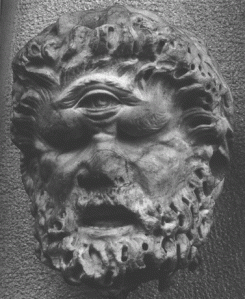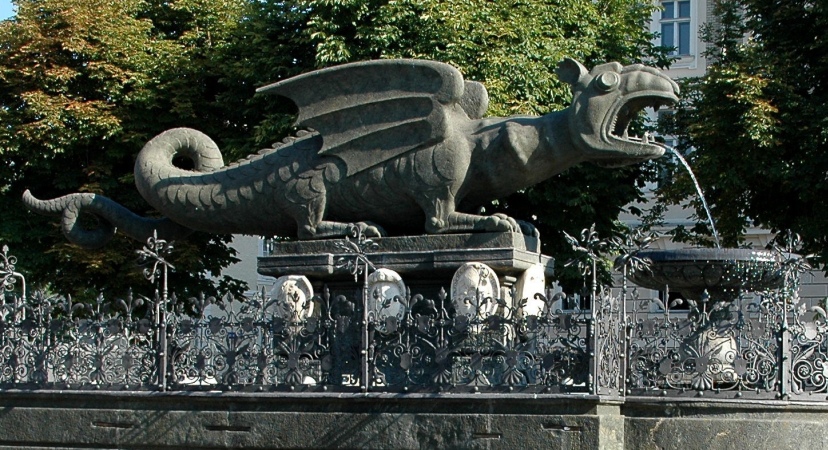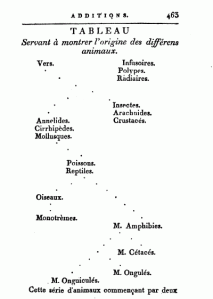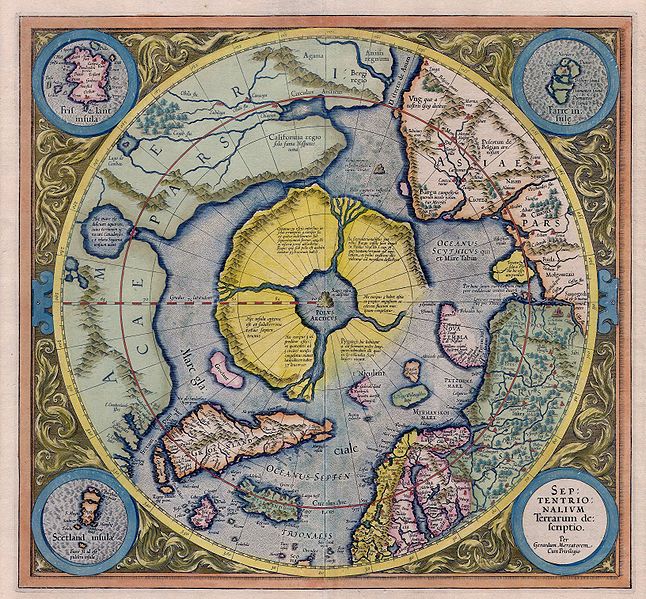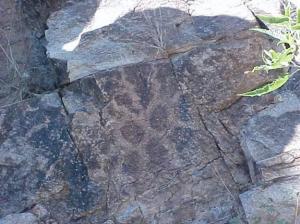In 1914, Austrian paleobiologists Othenio Abel suggested that the mythical Cyclops were based on fossil skulls of dwarf elefants abound on Cyprus, Crete and Sicily. Well, you can see his point:
Of course, a much more likely scenario is the reverse one: using fossil evidence to support existing myths. There is a wonderful late Renaissance example of that: Klagenfurt Dragon. Believe it or not, this curious-looking beast is the earliest known reconstruction of an extinct species:
Let me explain. There is an ancient local legend about an insidious water dragon Lindwurm who lived in the swamps, before people came to settle the region. Lindwurm had been happily eating virgins and killing livestock, until he was eventually slain by a knight. The dragon’s swamps were finally drained, and the town of Klagenfurt was founded. So, when a giant skull of an unknown animal was unearthed in a local quarry circa 1335, the locals just knew it was Lindwurm’s. The relic was kept in the townhall. In 1590, Ulrich Vogelsang modelled the head of his dragon statue on the skull. It wasn’t until 1840 that the skull was identified as a cranium of an Ice Age woolly rhinoceros; nine years later it became one of the first exhibits the Naturhistorisches Landesmuseum. It’s still on display:
